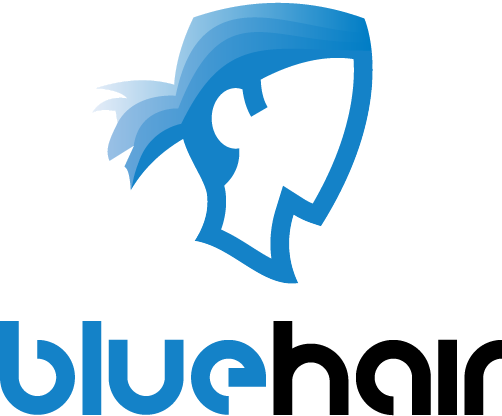PALS & Tokens: Conceptual design for books and libraries of the future
Relevant Keywords:
Reading, books, future scenario, conceptual design, context research
Design Goal:
As part of a design exercise at the TU Delft we were asked to research the domain of books and libraries and to propose a concept design of how these would be like in a future scenario. The focus was laid on the concept and interactions rather than on technical details of the products.
Project duration and team:
75 hours, 3 interaction designers (David Güiza Caicedo, Job Greefhorst, Amine Rhord)
Methods Used:
- Vision in Product Design (ViP) was used as a design framework throughout the whole project
- Cultural probes
- Creative session
- Presentation videos
THE PROJECT:
Context mapping
We decided to use Vision in Product Design (ViP) as a design framework for the project and as such, the first step was to research the context of reading in general. As our starting point for this research, we chose for a cultural probe in the form of a booklet in order to find out why people read, what do they read, where do they read and what’s important to them about reading.
Booklets are a design-oriented user research tool based on self-documentation (Stappers, van der Lugt, Hekkert, & Sleeswijk Visser, 2008). The booklets do not aim primarily at documenting but purposefully invite or provoke users to reflect on and verbalize their experiences, feelings and attitudes and to visualize their actions and contexts.
These booklets were given to several people to fill in during their own time and they provided useful information that served as input for a creative session that was later organized with some of the participating people.
All the data that was gathered during these exercises was later analyzed and some conclusions were made regarding the domain of “reading” and the different things involved within it. You can find more information regarding these results here or by reading the PDF at the end of this post.
Creating a vision and conceptualizing
By following the ViP methodology, we elaborated a vision which would guide our conceptualizing process:
“In a world full of volatile digital media, people feel distant and unconnected from their reading material. It’s so easy to copy and distribute content that its very possession has lost its value. We want to bring this value back to the people.”
This vision lead us to two different concepts: PALs and Tokens.
Description of the final designs
PALs (Personal Area Libraries) concept
The reading material is carried by a scrollable eReader and this content becomes a “finger print” of the interests of the user. The eReader acts both as a display for the content and as a “Personal Area Library” (PAL), but PAL’s can also be location specific, for example a university library or a bookstore.
When two PAL’s come in reach of each other, they offer each other content which is deemed relevant or of interest to each of them by using the “finger print” as a guideline.
The reading material becomes more valuable to the user as it acts as a reflection of his interests which can then be used to acquire more material of his liking.
The following flash animation can give a better idea of the concept. Please use the arrows on both sides to browse back and forth.
The following video describes the concept in more detail including the way the user interacts with the eReader when he is in the proximity of several PALs.
.
Tokens concept
The reading material is independent of the eReader itself. It is carried individually in “Tokens” which have a specific shape and look linked to the content. It can be compared to DVDs and CDs.
in “Tokens” which have a specific shape and look linked to the content. It can be compared to DVDs and CDs.
The tokens are valuable to the user for 2 reasons:
- Their content is non-transferable and non-erasable; hence to have access to that specific content, the user must have the Token in their possession. It is not “volatile” any more.
- They become unique by offering the user the possibility to add a one-time, non-erasable, non-transferable, personalized “message” that becomes an integral part of the content in that specific Token (e.g. A dedicatory, or a self addressed message reminding you how you got the Token)
Since the Tokens are independent from the eReader, they can be displayed in different formats of readers, which in turn can remain fairly simple (only a function to flip pages for example) , giving the importance to the carrier (Tokens) and the content instead of the machine itself.
The following video explains the concept in further detail.
.
My role in the process
- Organized the application of the ViP methodology
- Defined the content of the booklets
- Actively took part of the research process and the various analysis performed
- Actively took part in the conceptualizing process
- developed the animation and video for the PALs concept
.
















